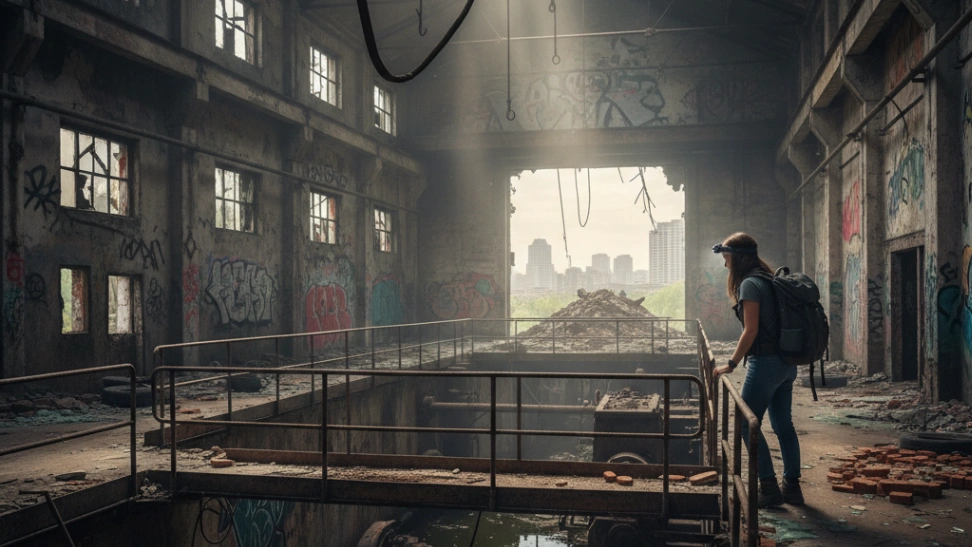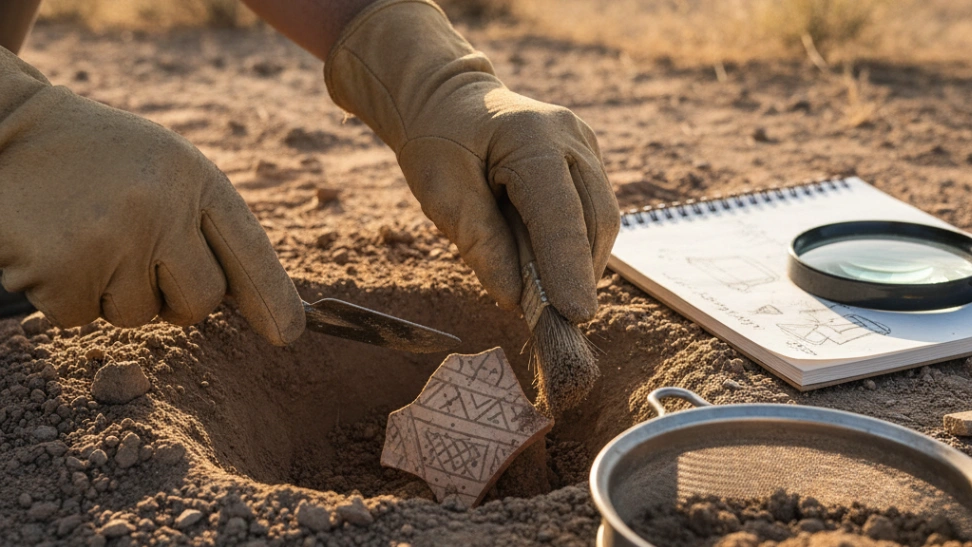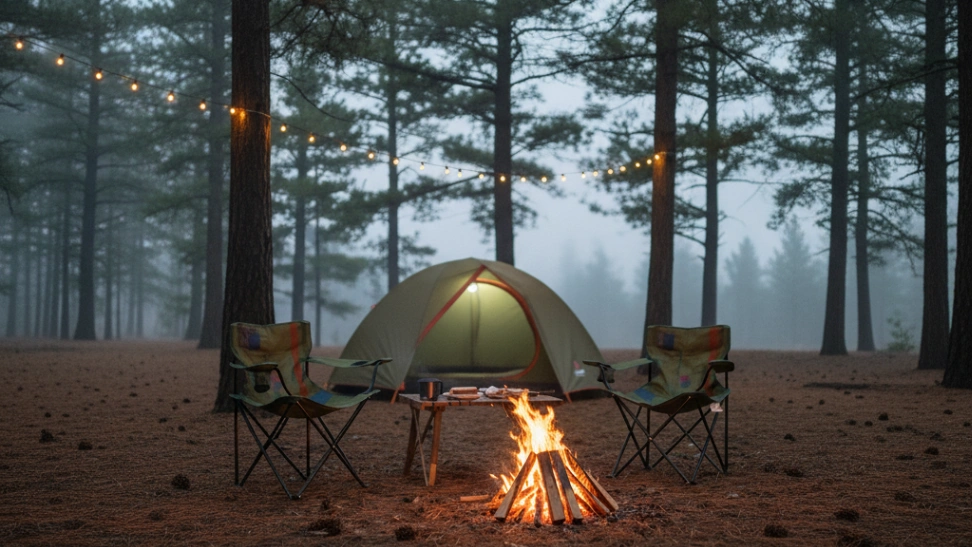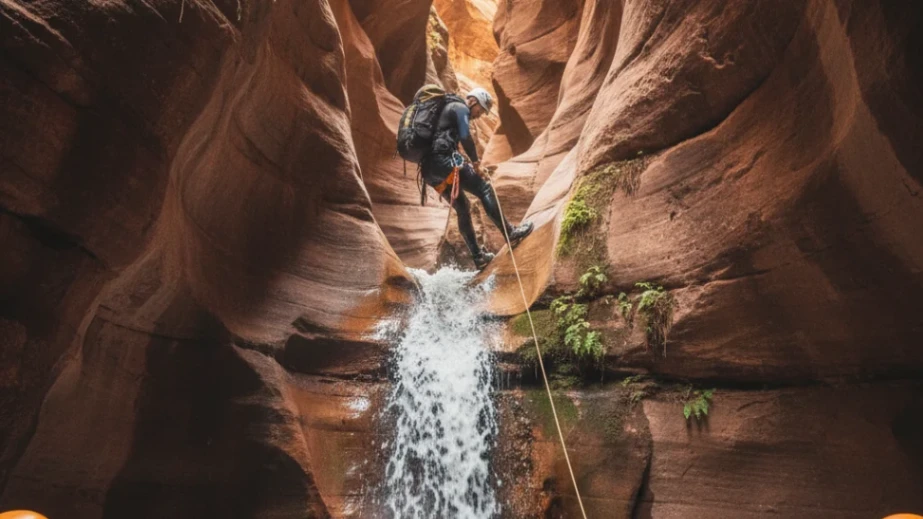The fascination with abandoned spaces is not entirely new; people have always been drawn to ruins, from ancient castles to crumbling Roman amphitheatres, pondering the lives once lived within their walls. However, modern urban exploration as a distinct hobby began to solidify in the late 20th and early 21st centuries, particularly with the rise of affordable digital photography and the internet. These tools allowed explorers to easily document their findings and share them with a broader audience, fostering a community around the shared interest. Early practitioners were often drawn to the decaying industrial landscapes of post-industrial towns, abandoned military installations, and forgotten civic buildings. The thrill of discovery, combined with a burgeoning counter-culture aesthetic, helped to define and popularize the activity. The ethical guidelines, often summarized as "take nothing but pictures, leave nothing but footprints," also emerged from this period, emphasizing respect for the sites and minimizing impact. This code of conduct distinguishes true urban explorers from vandals and scavengers, focusing on preservation through documentation rather than destruction or removal.
The appeal of urban exploration is multi-faceted. For many, it's the sheer thrill of discovery and the adrenaline rush of venturing into places where few others dare to tread. Each location holds its own secrets, presenting unique challenges and rewards. Photographers are particularly drawn to urbex due to the unique aesthetic of decay, the interplay of natural light with crumbling architecture, and the poignant beauty of forgotten objects. These sites offer unparalleled opportunities for capturing evocative and thought-provoking images that tell a story without words. Beyond the visual, there's a deep historical and archaeological interest. Explorers often research the history of a site before visiting, piecing together its past and understanding its significance. Finding old documents, forgotten tools, or personal effects can provide tangible links to the past, making history feel incredibly immediate and personal. It’s a form of amateur historical preservation, where documentation ensures these silent stories aren't entirely lost.
However, urban exploration is not without its significant risks and ethical considerations. Legality is a primary concern, as most abandoned buildings are private property, making entry a form of trespassing. Explorers must constantly weigh the desire to document against legal repercussions. Beyond legal issues, physical safety is paramount. Structures can be unstable, floors can collapse, and sharp debris is common. Hazardous materials such as asbestos, lead paint, and mold are frequently present, posing serious health risks if proper protective equipment like respirators and heavy-duty gloves are not used. There's also the risk of encountering homeless individuals, squatters, or even criminals. Therefore, meticulous planning, thorough research, and a strong emphasis on safety are not just recommended, but absolutely essential for anyone considering this hobby. A deep respect for the locations, including "leaving no trace," is crucial to maintaining the integrity of the hobby and the sites themselves.
To embark on urban exploration, a beginner must prioritize safety and preparation. Start by researching local laws and scouting potential locations online, looking for information on public access or known hazards. Investing in basic gear is non-negotiable: a reliable headlamp or flashlight (with backup batteries), sturdy work boots with good ankle support, a respirator mask for air quality, heavy-duty gloves, and a comprehensive first-aid kit are absolute necessities. It is strongly advised to never explore alone, always going with at least one trusted partner who also understands the risks and safety protocols. Communication is key; let someone outside your group know your planned location and estimated return time. Begin with smaller, less hazardous locations to build experience and confidence before attempting more complex or dangerous sites. The learning curve involves not just navigating physical spaces, but also developing a keen eye for potential dangers, understanding structural integrity, and honing photographic skills to capture the essence of these forgotten places respectfully and beautifully. Ethical considerations, such as not revealing exact locations of sensitive sites to the public to prevent vandalism, are also a crucial part of becoming a responsible urban explorer.



